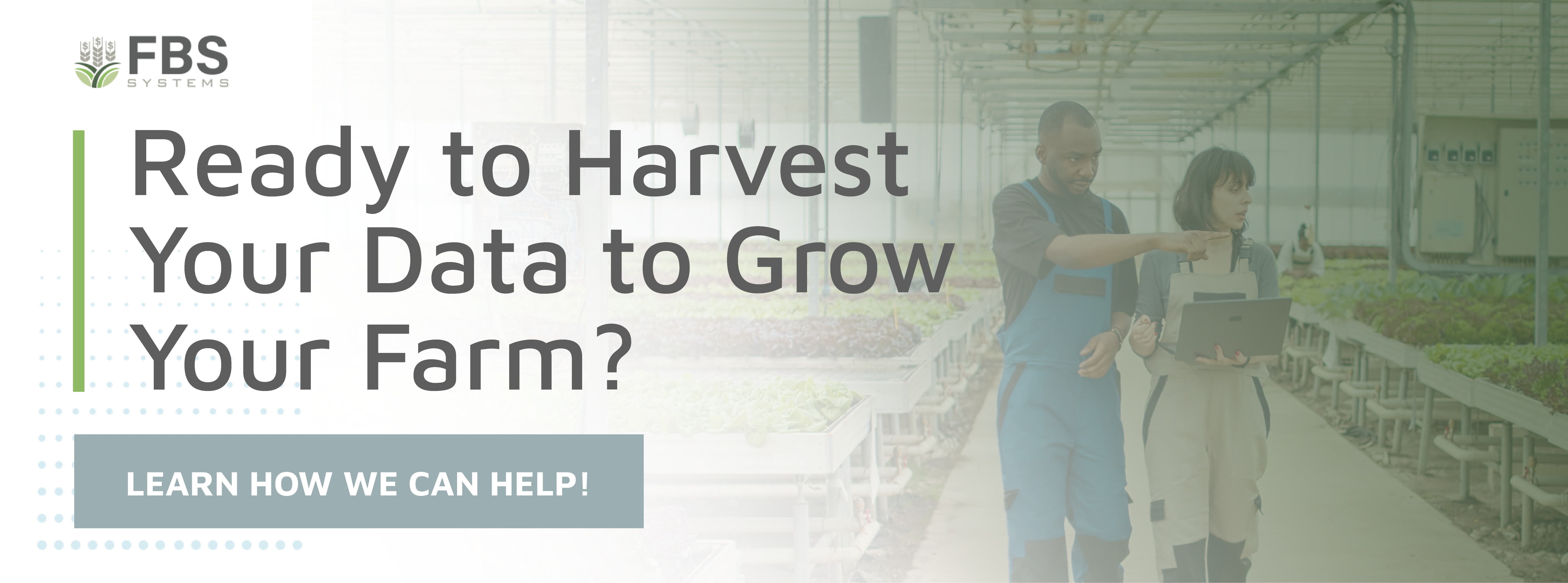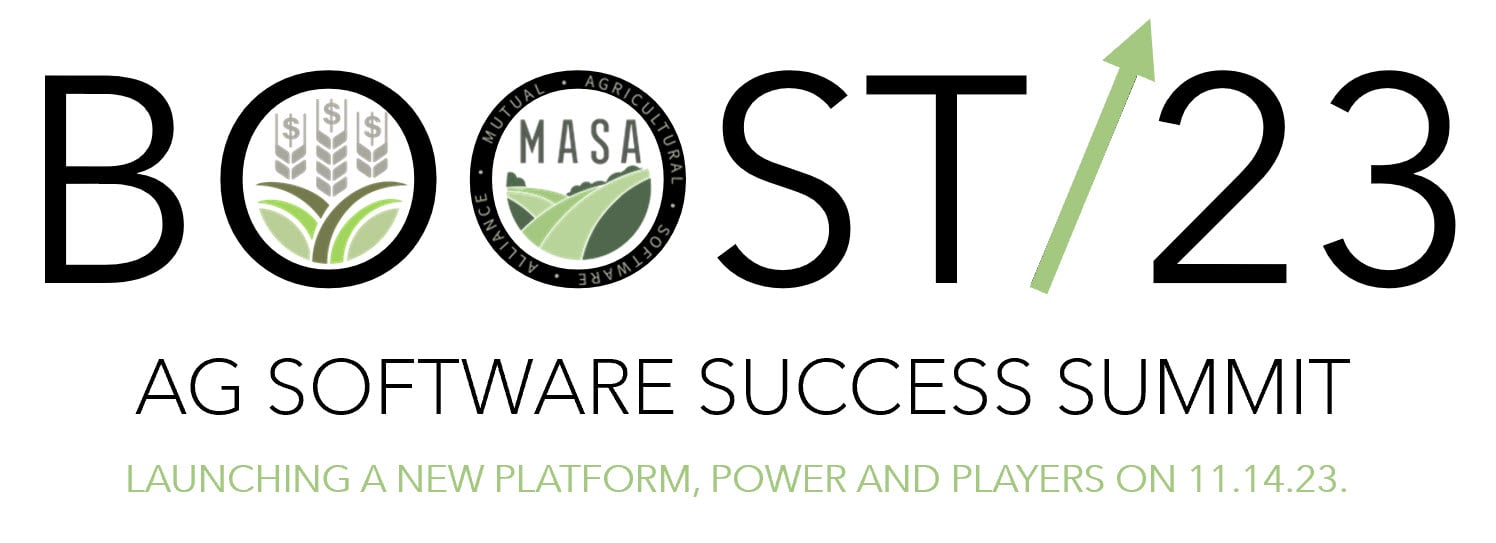There are few things more important in accounting than accuracy, especially when managing your farm and making strategic decisions relies upon those numbers. For that reason, the Generally Accepted Accounting Principles (GAAP) were established to standardize accounting methods for reporting inventory and submitting financial statements.
These principles keep all businesses following the same set of rules, allowing for a strong foundation of accounting processes. By aligning with these principles, you’ll be on track for proper reporting of important financial data that is vital for not only stakeholders, but effective farm financial management.
What Are the Generally Accepted Accounting Principles?
To understand the Generally Accepted Accounting Principles as they relate to farms, we must first establish an understanding of the overarching goals of these principles. The standards outlined by GAAP are a set of rules and regulations put in place by the Financial Accounting Standards Board (FASB) and aim to streamline the ways public companies, in the U.S., must compile their financial statements.
With GAAP in place, accounting practices are standardized, allowing for consistent and comparable record keeping of financial statements across companies nationwide. Some GAAP requirements may vary on a state by state basis, though the general goal is to keep financial reporting procedures accurate and consistent.
Due to the nature of an industry that doesn’t always follow a calendar year for crop and livestock production, farm accounting processes may sometimes look different from standard practices used in other businesses. However, publicly-traded farms and ranches that require audited statements are still held to the same standards set by FASB and GAAP for external reporting and recording information.
For farms that are not required to follow GAAP, the Farm Financial Standards Council (FFSC) provides detailed suggestions for accurate farm record keeping. While the FFSC identifies unique instances for accounting processes in the agriculture industry, they continue to strongly advise that farms and ranches align with GAAP best practices. Statements prepared according to GAAP regulations in addition to supplemental reports outlined by the FFSC should produce the necessary information for a thorough and accurate analysis of a farm’s finances.
Gathering this information can be quite complex without the right set of tools or software. Thankfully, accounting technology for farms is an excellent way to streamline reporting methods in a manner that strives to align with GAAP rules and FFSC alternatives. While privately-held businesses, including farm enterprises, may not be required to follow GAAP, the FFSC “recognizes and endorses GAAP as the basis for farm financial statements.”
The 10 Principles of GAAP to Follow
There are 10 overarching guidelines that fall under the Generally Accepted Accounting Principles. They are:
- 1. Principle of Regularity: The accountant has followed the regulations set by GAAP rules.
- 2. Principle of Consistency: Throughout each reporting period, the accountant has followed the same standards to allow for comparable information.
- 3. Principle of Sincerity: All reports are an accurate, unbiased representation of the company’s finances.
- 4. Principle of Permanence of Methods: Each financial statement is completed using the same processes and procedures.
- 5. Principle of Non-Compensation: Reporting should be executed with full transparency, including positive and negative information, and without an expectation of debt compensation.
- 6. Principle of Prudence: Reporting is completed using fact-based data without instances of speculation.
- 7. Principle of Continuity: Accountants can assume that the business will operate as normal when completing valuations of assets.
8. Principle of Periodicity: Reporting is completed during the appropriate accounting period. For farms, this might include crop production cycles rather than fiscal years. - 9. Principle of Materiality: All financial data has been thoroughly disclosed in the reports to accurately portray the finances of the business.
- 10. Principle of Utmost Good Faith: Accountants can assume that all parties involved are honest with transactions.
Benefits of Meeting GAAP Guidelines for a Farm Enterprise
Following industry practices is in the best interest of any farm operator. These guidelines will help you avoid misleading information and hinder your financial standing with FASB and even the IRS. Additionally, farms that aim to be GAAP compliant are able to easily gather and analyze important data. Here are a few of the main benefits you can expect from following GAAP guidelines.
Consistency
A large focus of GAAP is to implement consistent processes for each reporting period. If all businesses are held to the same standard when reporting financial information, the data across periods will remain consistent. This is important for proper decision making down the line, facilitating management accounting, and ensuring that all businesses are complying with the Financial Accounting Standards Board.
Additionally, striving to meet GAAP standards allows for farm business to adequately implement definitions, terminology, and methods relevant to both the industry and accounting requirements. If a third party becomes involved in financial reporting, or needs to track previous records, they can assume that the business will use the standard terms and methods if they are GAAP compliant.
Comparability
When information is repeatedly processed in the same manner across businesses, investors and stakeholders are able to easily analyze data covering multiple financial periods and enterprises. Such comparisons can identify common trends, where your business is falling short, and what areas of your farm might need a little bit of extra attention. In fact, benchmarking can be invaluable when it comes to analyzing farm profitability.
Informed Decision Making
Proper collection and reporting of financial information allows you to have an up-to-date resource of previous farm data to help you make informed decisions regarding your business. Better yet, an advanced farm financial management and analysis tool can help you easily collect this information and find the data you need when it comes time to report on the previous period.
Mitigate Risks
The rules set by these guiding accounting principles ensure accurate farm financial data reporting. Netsuite notes that if the IRS finds reports were wrongfully submitted–or in rare cases, numbers were omitted or altered–the business might be faced with fines and even criminal charges.
However, these risks can easily be avoided with proper reporting, adhering to the standard guidelines, and implementing an accounting system that can be easily integrated into your current practices to streamline data management. Additionally, following GAAP standards allows for transparency into a company’s finances, once again promoting consistency across periods and accurate information for evidence-based decisions.
Using Farm Tech to Implement GAAP
According to codification subtopic 330, all property intended to be sold is considered inventory and must be adequately reported. For such instances, farm technology tools can streamline the recording and management of inventory in alignment with FFSC reporting standards. While the FFSC encourages farms to continue to follow GAAP rules wherever possible, farm management software can make reporting a bit easier and help with thorough analyses of financial data.
The right financial management tool from FBS Systems will help you complete accurate reporting that maintains consistency and transparency into your finances. Our farm accounting software ensures that you’ll have access to up-to-date records when you need them. For more information, reach out to our team today!
















